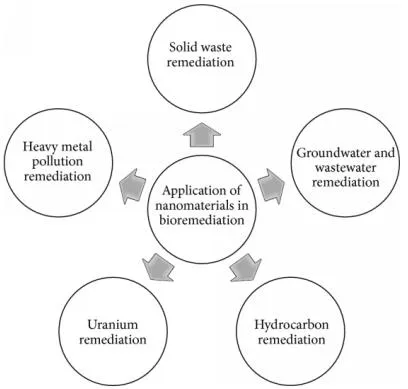
Globally scientists are developing nanomaterial which can effectively help to reduce the Carbon Dioxide in the air and trigger bioremediation to get rid of toxic waste such as dyes, oil spill etc.
What is Environment nanotechnology?
- Environment nanotechnology involves use of nanoscale material for addressing environmental concerns such as bioremediation, water purification, product recycling and recovery, solid waste management. These nanomaterials have unique properties such as chemical reactivity, electronic properties and antimicrobial activity. Therefore they hold potential to address issues such as combating Climate Change and reduction of pollution.
Application Areas...
Combating Carbon Emission:- The researchers have developed nanoCO2 harvester which can suck CO2 from the atmosphere and convert it into methanol which can further be used as vehicular fuel. The NanoCO2 Harvester can capture more CO2 than usual and is more efficient fuel converter.
Cleaning Water:- The magnetically charged nanoparticles have been proved potent in researches to have effectively carried on adsorption process to remove heavy metals and dyes from the water bodies and they do not readily degrade. They can also be used to clean the underground water contaminated with toxic materials such as arsenic, lead, chromium and mercury. They can also be used to clean up oil spills by using nanosponges.
Accelerating Biodegradation (Solid Waste Management):- The method of converting the organic waste into organic manures and fertilizers can also be quickened through use of Nanoparticles. Thus they can reduce the time consumed in solid waste management and increases the production of biogas. According to researchers, Iron oxide particles which are non-toxic can be used for the same.
Some Challenges to this Technology..
The Nanoparticles being small in size have tendency to clump up which make them inactive with prolonged use.
Synthesising useful nanoparticles is also challenging as production of a consistent size is tough.
The viability of Nanoparticles such as nanosponge still remains a laboratory success and hasn’t been tested on large-scale.
The usage of Nanoparticles also raises health concerns as due to their small size they can be easily transported inside human as well as animal bodies.
Due to their ability of long persistence, they may raise concerns such as bio-magnification as well.
Thankyou for stopping on my blog..